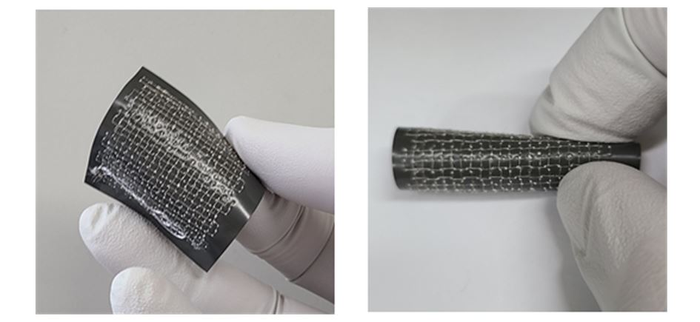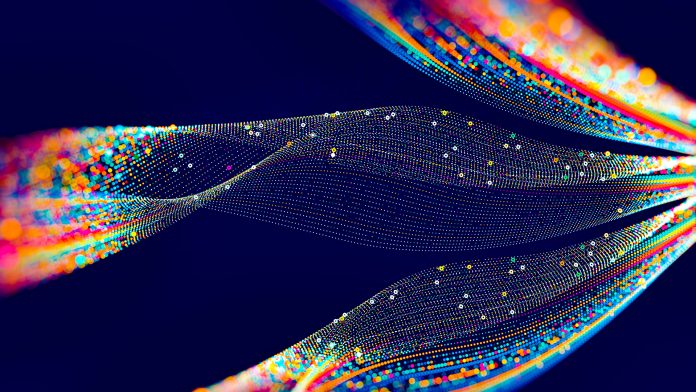A research team from the Korea Institute of Materials Science (KIMS), has succeeded in developing the world’s first ultra-thin composite film, which is expected to revolutionise wave absorption shielding technology.
A research team led by Dr Sang-Bok Lee and Byeongjin Park in the Department of Functional Composites at KIMS has succeeded in developing the world’s first ultra-thin composite film. This film does not reflect electromagnetic waves for 5G communication but absorbs more than 90% of it. Therefore, scientists have noted that the technology can solve the secondary interference problem of electromagnetic waves for 5G communication frequency over 26 GHz.
How does this electromagnetic wave absorption shield technology work?
When electromagnetic noise is caused by electronic components it interferes with other electronic systems and deteriorates their performance. To prevent this, a shielding material is used to block uninterested electromagnetic noise from the components.
Existing highly conductive reflection-dominant shielding materials, like metal and carbon— reflect more than 90% of electromagnetic waves. This means that the definite absorption rate is less than 10%.
5G communication utilises frequency bands higher than 26 GHz, which is 10 times higher than the frequency of the existing 3G or 4G. Because the secondary interference of electromagnetic noise is more severe with high frequency and short wavelength, there is a high demand for shielding materials with high absorbing capability.
This groundbreaking absorption-dominant shielding material is a magnetic and polymer-mixed composite film with conductive fibres sewed in a grid shape, which remarkably absorbs electromagnetic waves at 5G communication frequencies.
Therefore, the material absorbs more than 90% of electromagnetic waves and reflects less than 1% of the wave. In addition, as this material is thin and flexible, and scientists noted that there was no performance deterioration after it was wrinkled or folded.

Photo Credit: Korea Institute of Materials Science (KIMS)
What applications does this technology have?
The absorption-dominant electromagnetic wave shielding material technology can be utilised in various fields such as smartphones that use 5G/6G communication, base stations (small cells), automotive radars, and low-orbit communication satellite antennas.
At present only two or three companies in the United States, Germany, and Japan have succeeded in commercialising this technology, because these materials require state–of–the–art material design technologies to exhibit advanced performances for the 5G/6G frequency bands.
Principal Researcher Sang-Bok Lee, research lead, explained: “The material we developed uses a conductive grid to present a new concept of an ultra-thin material that absorbs most of the electromagnetic waves without reflecting them. If the technology is applied to wireless communication devices such as smartphones, as well as to automotive radars, the reliability of autonomous driving will be greatly improved.”
The research team is currently discussing technology transfer for mass production of absorption shielding material with multiple companies, and intend to conduct further research on the material’s application to the ADAS radar systems.
This research project was funded by the Ministry of Science and ICT and was conducted as the fundamental research project of KIMS, known as: ‘Magnetic based Pseudo-materials Absorbing Extremely High Frequency (EHF) Electromagnetic Waves,’ along with the project of the Korea Materials Research Centre, called: ‘Development of mm Wave absorbing/shielding, and heat-dissipation properties tailored composites.’
This research paper was published in the Journal of Materials Chemistry A.
To keep up to date with our content, subscribe for updates on our digital publication and newsletter.









